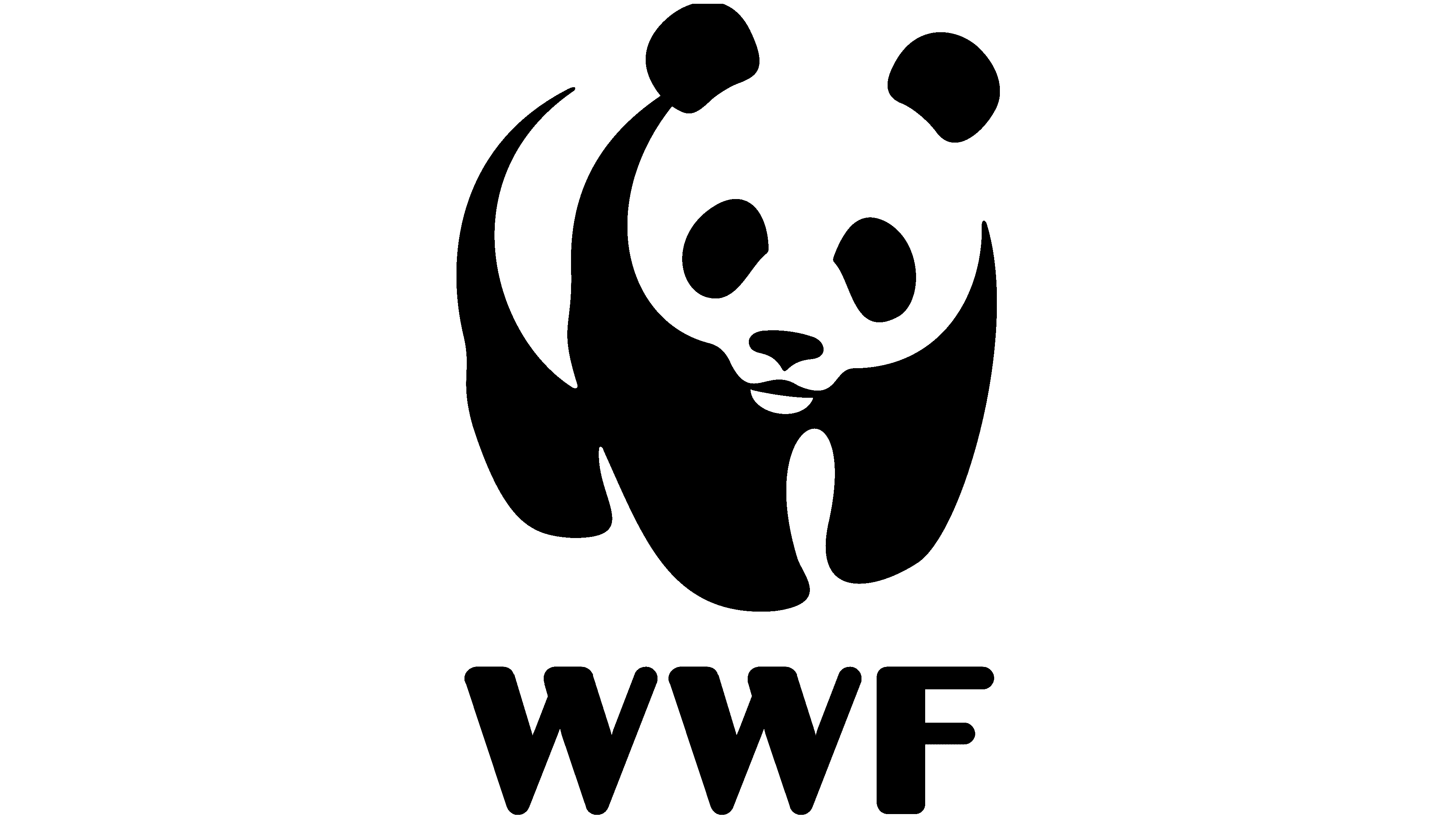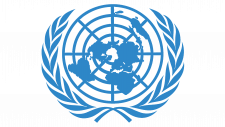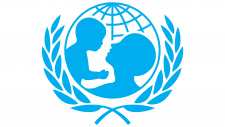WWF Logo
WWF, the World Wildlife Fund, is a leading global conservation organization committed to addressing environmental threats. With its iconic panda logo, it operates in over 100 countries, focusing on issues like deforestation, climate change, and wildlife protection. While driven by supporters worldwide, its governance structure includes national entities cooperating under a global framework. Key markets include North America, Europe, and Asia. WWF strives to create a future where humans and nature thrive in harmony.
Meaning and history
The World Wide Fund for Nature (WWF), initially named the World Wildlife Fund, came into being in 1961. With roots in Switzerland, it emerged from a shared realization among global conservationists that larger financial resources and a multinational approach were essential to address escalating environmental crises.
During its early days, WWF supported conservation efforts primarily in Africa, endorsing projects like the protection of black rhinos. However, as its perspective evolved, the organization expanded its reach, working on projects worldwide, from the Amazon rainforest to the Himalayas.
By the 1980s, WWF’s purview grew beyond just wildlife, encompassing broader environmental issues, such as deforestation and climate change. The organization played an instrumental role in the establishment of global conservation conventions, like the Convention on Biological Diversity in 1992.
In the 1990s and 2000s, WWF cemented its commitment to sustainable development, embracing initiatives promoting green economy models, while advocating for nature-based solutions to global challenges. During this era, the famous “Living Planet Report” series was launched, which became a key barometer for the health of our planet.
Over time, WWF’s iconic panda logo has become a universal symbol for the protection of the environment. As of the 2020s, the organization operates in over 100 countries, rallying the collective might of millions to safeguard nature.
1961
The introductory depiction showcases a sketched panda. Its design is abstract, minimalist, reminiscent of an animal nearing vanishing point—almost as though it was quickly etched on a sheet before it faded from sight. This charming panda is encased within a ring, symbolizing a protective embrace.
1961 – 1970
Within that same timeframe, the creative team unveiled an updated rendition of the emblem. The image was magnified for enhanced visibility, infused with intricate elements, and the enclosing circle was eliminated. This transformation was a testament to their dedication to evolving their brand identity and keeping it fresh, relevant, and in tune with contemporary design sensibilities. The decision to omit the circle perhaps symbolized a move towards breaking barriers or expanding horizons. Each design choice made during this update spoke volumes about the brand’s journey and its forward-looking vision.
1970 – 1986
In 1970, a pivotal rebranding occurred for the entity. The descriptor “for Nature” was appended to the original “World Wide Fund,” marking a nuanced shift in its identity. Alongside this change, the emblem underwent a metamorphosis. The panda, central to the design, now bore melancholic eyes, appealing directly to onlookers, urging empathy and connection. Strikingly, its claws were omitted, a deliberate choice to underscore its vulnerability and lack of protection. This redesign not only symbolized the brand’s evolving mission but also served as a poignant reminder of the fragile state of nature and our collective responsibility towards it.
1986 – 2000
The creature was portrayed standing upright on all its fours. Beneath this representation, the acronym of the philanthropic entity – “WWF” – was prominently showcased. Interestingly, the eyes were left to the imagination: the illustrators chose to retain only the distinct black markings, letting them convey the emotion. This decision might have been rooted in the desire to allow viewers to interpret the panda’s emotions themselves, thus creating a personal connection and evoking a deeper resonance with the organization’s cause. The subtle nuances of the design highlighted the blend of artistry and advocacy, emphasizing the importance of conservation and care.
2000 – Today
The condensed moniker of the entity was integrated into the pre-existing graphic, employing a distinct typeface. This inclusion not only enhanced the design’s coherence but also bridged the visual with the verbal. The choice of a contrasting font perhaps aimed at capturing attention, underlining the importance of the organization’s identity, and emphasizing its mission. By melding the two elements – the image and the typography – the design successfully communicated a synergy between the organization’s brand and its overarching purpose, fostering a deeper connection with its audience and amplifying its message in the broader context.
















